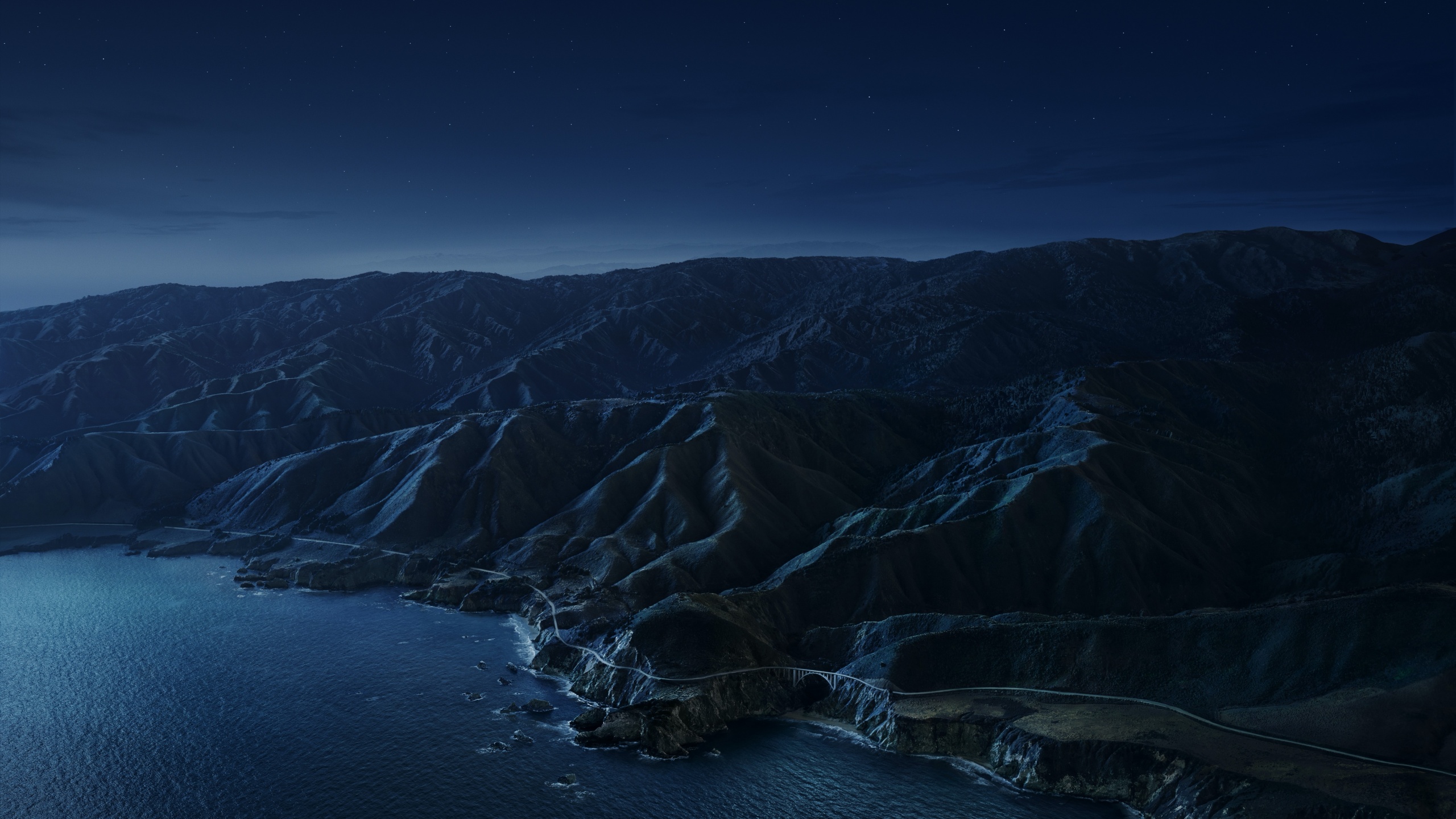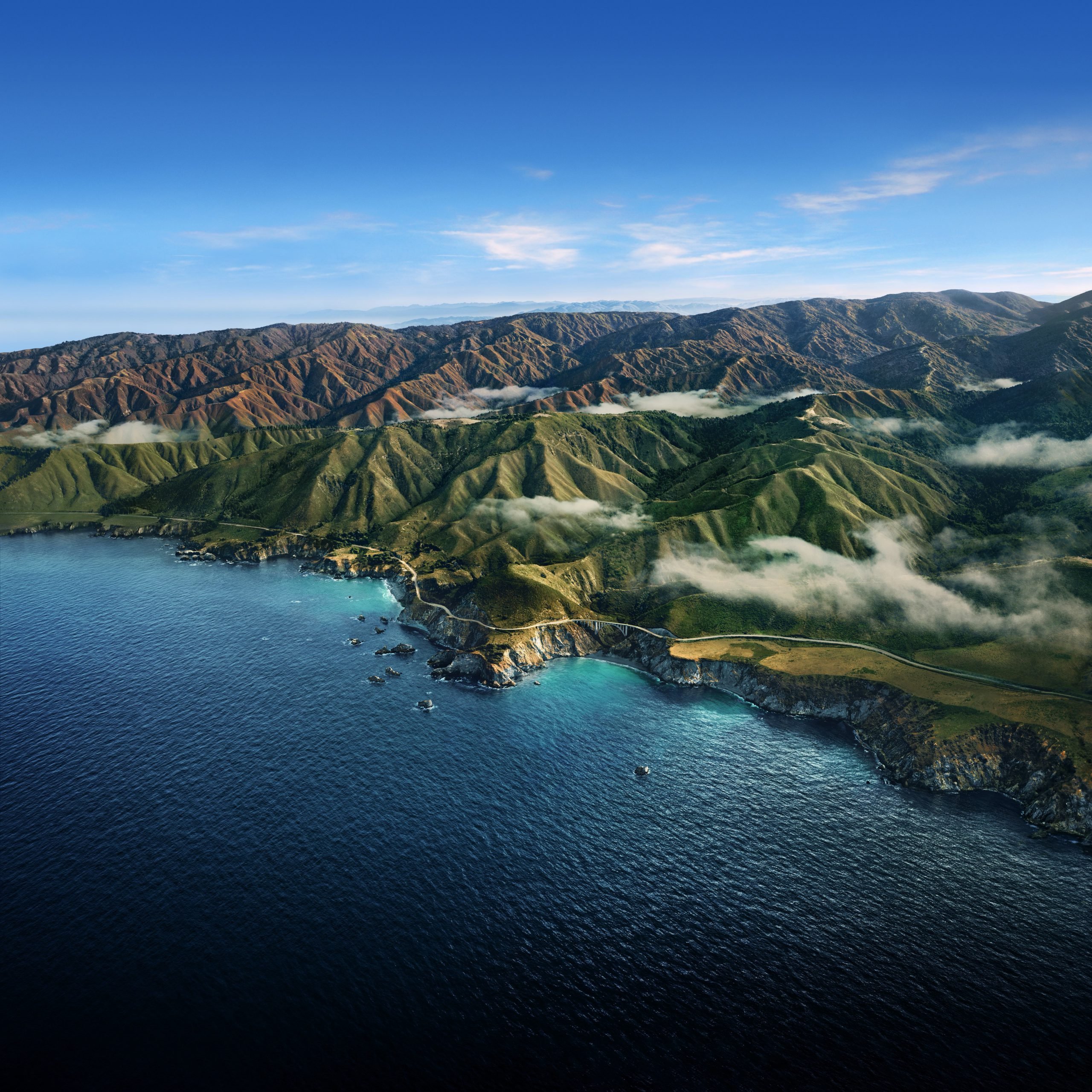

- MACOS BIG SUR VERSIONS HOW TO
- MACOS BIG SUR VERSIONS FOR MAC
- MACOS BIG SUR VERSIONS MAC OS
- MACOS BIG SUR VERSIONS INSTALL
- MACOS BIG SUR VERSIONS UPGRADE
MACOS BIG SUR VERSIONS HOW TO
Now you know how to downgrade from macOS Big Sur to an earlier version. Also, the software has a 30-day money-back guarantee, just in case.

But to recover files, you need to activate the software.
MACOS BIG SUR VERSIONS FOR MAC
*The free-to-try version of Stellar Data Recovery Professional for Mac helps you scan your Mac storage drive and preview recoverable files.
MACOS BIG SUR VERSIONS INSTALL
The steps are as follows:Ī) Install *the free-to-try version of Stellar Data Recovery Professional for Mac on your MacBook, iMac, or Mac mini.ī) Watch the following video for complete software steps to recover your lost, deleted, or inaccessible data from the newly installed earlier version of macOS. In case you’ve lost your valuable files due to downgrading from macOS Big Sur, use a data recovery software for Mac to recover your lost data on the installed macOS. Recover Lost Data Using Mac Data Recovery Software Mac restarts once the installation is over.Ĭongratulations! You have downgraded from macOS Big Sur to the macOS of your choice. Follow the on-screen instructions to install macOS.

I) From macOS Utilities window, select Install macOS, then click Continue. H) Go to System Preferences > Startup Disk and select the bootable installer, then click Restart. The USB flash drive now has the same name as the installer (say, install macOS Catalina). Once the Terminal says Done, quit Terminal. Type Y to confirm erasure, then press Return. The password characters won’t appear on the screen. Here, you need to replace the name of the macOS that you’ve installed (for instance, use Install\ macOS\ Mojave.app for macOS Mojave) and replace MyVolume with the name of the USB bootable installer, then press Return.į) When prompted, type the admin password, then press Return. Sudo /Applications/Install\ macOS\ Catalina.app/Contents/Resources/createinstallmedia -volume /Volumes/MyVolume
MACOS BIG SUR VERSIONS MAC OS
Select Mac OS Extended format, then click Erase.Į) Once the erasure is complete, go to Applications > Utilities > Terminal to open the Terminal application. Now, open Disk Utility to erase the USB flash drive. The app will be downloaded in the Applications folder.ĭ) Quit installer once the download is over to stop installing it on your Mac. Search for macOS Catalina, macOS Mojave, or any other macOS that you wish to download. When you don’t have a Time Machine backup, you can downgrade to macOS Catalina, Mojave, or any other compatible version that your Mac was running by using a bootable installer.Ī) Back up your data present on your Mac running on macOS Big Sur to an external hard drive or a cloud storage drive (say Google Drive, iCloud, etc.) to avoid data loss.ī) Connect an empty USB flash drive of at least 12 GB on your Mac to create a bootable installer.Ĭ) Open App Store from Dock. Downgrade to Any macOS Version Via Bootable Installer Wait till the macOS restoration task is over. From the macOS Utilities window, select “ Restore From Time Machine Backup” option, then click Continue.į) Select your Time Machine backup drive, choose the latest backup, select the destination drive, click Restore, and then click Continue. Wait till the start-up disk erasure is complete.Į) Connect your Time Machine backup drive to the Mac. Select Macintosh HD from the sidebar, then click the Erase tab.ĭ) Select the Format as APFS and Scheme to GUID Partition Map. Release the keys when the Apple logo appears.Ĭ) On the macOS Utilities window, select Disk Utility, then click Continue. Steps to downgrade macOS Big Sur through Time Machine are as follows:Ī) Plug your Mac to its power source to avoid downgrade failure due to unexpected shutdown caused by low battery.ī) Start or restart your Mac, then immediately press and hold Command + R keys. So, back up your important files-which you’ve created or saved in your Mac running on macOS Big Sur-to an external drive or iCloud. Warning: Downgrading your macOS results in data loss. If you’ve backed up your Mac by using Time Machine prior upgrading to macOS Big Sur, you can use the backup drive to restore the earlier version of macOS. Downgrade to Earlier macOS Version Using Time Machine The good thing is you can easily do so by following the methods presented hereunder. The above issues or others might bother you to the extent that you wish to revert to the older macOS version that was already present on your Mac.
MACOS BIG SUR VERSIONS UPGRADE
Few applications are not working after the macOS upgrade.The battery is draining quickly after macOS Big Sur upgrade.

But some of you are facing issues, such as the following: The new operating system is liked by many. In November 2020, Apple released macOS Big Sur 11. Every year Apple releases a new operating system for Mac that provides a new interface, better user experience, and tons of productivity features.


 0 kommentar(er)
0 kommentar(er)
